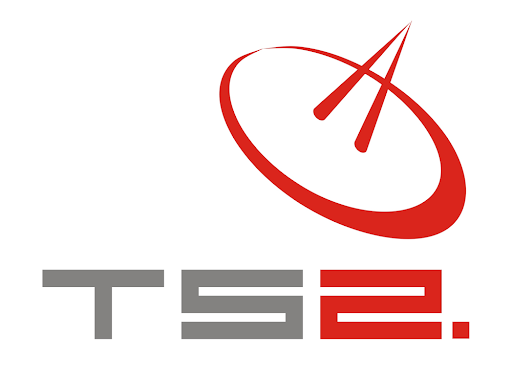Blue Origin’s New Shepard NS-29 Mission: Pioneering Lunar Gravity Simulation for Advanced Space Research

Blue Origin is set to launch its New Shepard suborbital vehicle on mission NS-29, scheduled for January 28, 2025, from Launch Site One in West Texas. This mission is notable for its innovative approach to simulating lunar gravity, providing researchers with unprecedented opportunities to test technologies in a reduced-gravity environment.
Simulating Lunar Gravity
To replicate the Moon’s gravity, which is approximately one-sixth that of Earth’s, the New Shepard crew capsule will utilize its Reaction Control System (RCS) to achieve a spin rate of about 11 revolutions per minute. This rotation creates a centrifugal force that mimics lunar gravity conditions for at least two minutes during the flight. This method offers a more extended period of lunar gravity simulation compared to traditional methods like parabolic flights or drop towers, which provide only a few seconds of reduced gravity.
Diverse Payloads Aimed at Lunar Exploration
The NS-29 mission will carry 30 payloads, with 29 housed inside the crew capsule and one mounted on the booster for exposure to the space environment. More than half of these payloads are supported by NASA’s Flight Opportunities program. The payloads are designed to test technologies across six key areas critical to lunar exploration:
- In-Situ Resource Utilization (ISRU): Developing methods to use local materials on the Moon for life support and fuel.
- Dust Mitigation: Creating strategies to manage lunar dust, which can pose challenges to equipment and habitats.
- Advanced Habitation Systems: Designing habitats that can support human life in the harsh lunar environment.
- Sensors and Instrumentation: Enhancing tools for navigation, communication, and scientific research on the Moon.
- Small Spacecraft Technologies: Advancing the capabilities of compact spacecraft for lunar missions.
- Entry, Descent, and Landing Systems: Improving technologies for safe landing on the lunar surface.
Notably, four of the payloads are from Honeybee Robotics, a division within Blue Origin’s In-Space Systems business, focusing on technologies for penetrating, excavating, and processing lunar regolith.
Advancing Lunar Research and Exploration
By providing a cost-effective platform for testing under simulated lunar gravity conditions, Blue Origin’s NS-29 mission represents a significant step forward in space research. The data and insights gained from these experiments are expected to contribute to the success of future lunar missions, including those under NASA’s Artemis program, and to the broader goal of sustainable human presence on the Moon.
For more detailed information about the NS-29 mission and its payloads, you can visit Blue Origin’s official news release.
Additionally, you can watch a previous New Shepard mission to gain insight into the vehicle’s capabilities:
